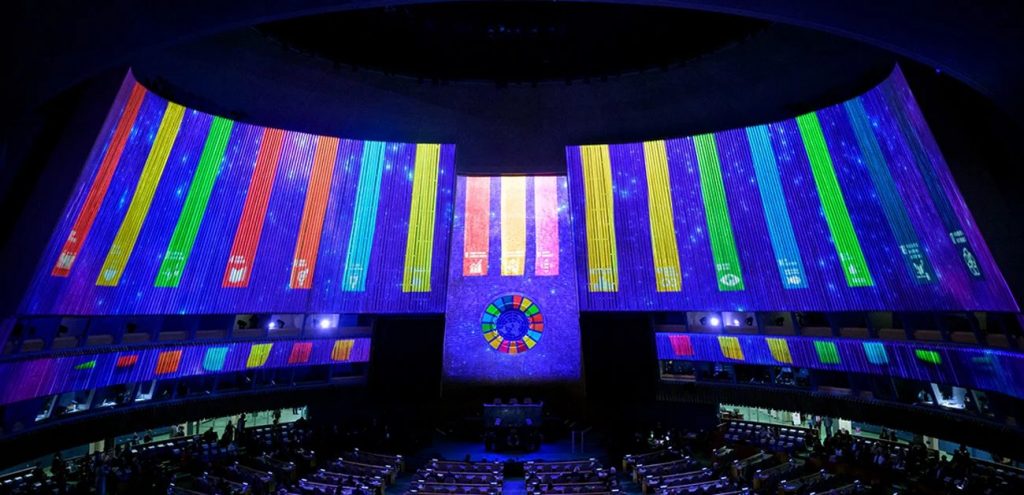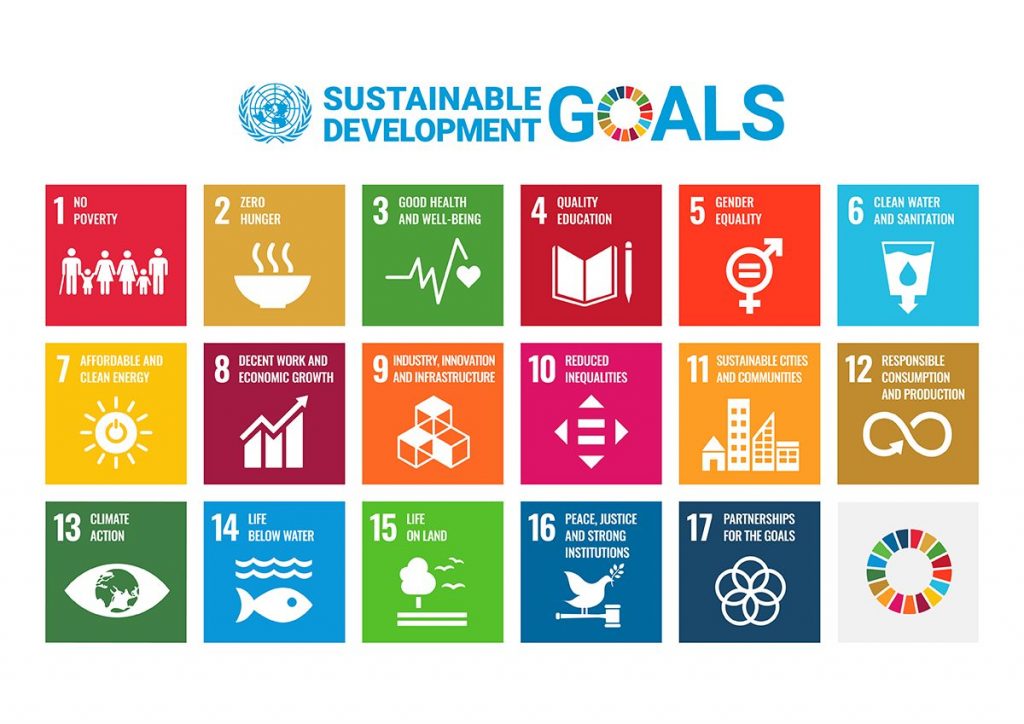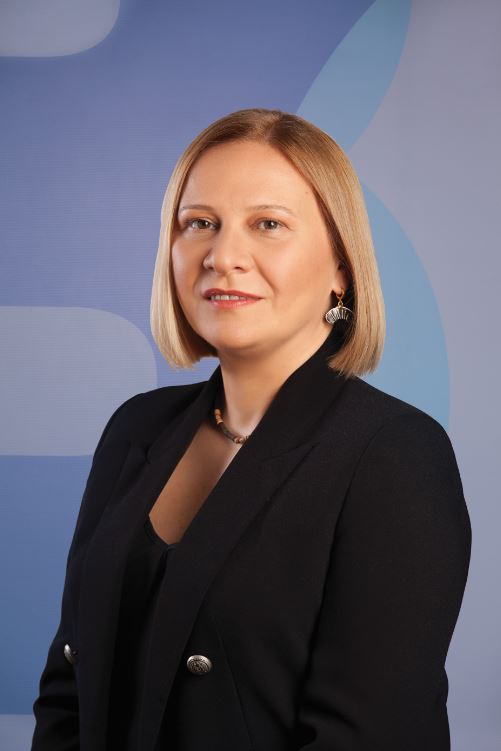SDG Stock Taking

“We started this journey together in 2015 – and we know our destination”.
António Guterres
Eight years ago, world leaders of the United Nations gave impetus to adopt the 2030 Agenda for Sustainable Development. The adoption of the agenda provided great hope and promise that an inclusive and diverse community would respond to their everyday challenges. The primary objective behind establishing the Sustainable Development Goals (SDGs) was to furnish a universal framework for promoting sustainable development, which aims to tackle the multifaceted challenges in social, economic and environmental domains confronting our planet.

However, despite the 2030 Agenda’s ambitious goals, many individuals continue encountering fundamental obstacles. Consequently, through the High-level Political Forum (HLPF) on sustainable development, heads of state and government decided to take stock of the progress in realizing sustainable development commitments. Thus, the first Global Stocktaking Summit on the SDGs was held in September 2019, four years after the adoption of the SDGs. The second Global Stocktaking Summit is scheduled for September 2023.

This article envisions a comprehensive overview of the upcoming Summit and its role in advancing progress towards the SDGs. It also highlights the challenges and opportunities associated with far-reaching global initiatives since 2015.
The SDG Stocktaking Summit represents a platform to review the progress across the 17 SDGs made by the governments. Participants will be able to share their practices and identify the gaps that need further improvement. The upcoming Stocktaking Summit will foster collaboration among stakeholders to facilitate the alignment of the national action plans to the SDGs. Moreover, engaging in the high-level political Summit demonstrates their commitment and determination to tackle existing pressing challenges.

In addition to the challenges, notable progress has been made towards achieving the SDGs. According to the ” Report of the Secretary-General on SDG Progress 2019” Secretary-General on SDG Progress 2019″ Report, governments are undertaking hard work and prioritizing the integration of SDGs into their national policies. Herewith, they illustrated the transformation of institutional arrangements, and due to the conjoined efforts, progress was generated in various fields, such as poverty and combating diseases and infections. Another advancement is employment, where unemployment returned to the pre-financial crisis level.

However, the world is significantly behind schedule, and progress is moving slowly or regressing. Regrettably, some challenges and gaps impede the progress towards achieving the 2030 Agenda. Per “The Sustainable Development Goals Report,” action needs to be accelerated, and conjoined efforts towards the common goals should be made. Also, it is essential to mention that many complications emerged in recent periods, such as interlinked global crises and conflicts with the Covid-19 pandemic and war in Ukraine.
Sadly, the pandemic put progress in poverty reduction into reverse and cost the lives of nearly 15 million people. With the global crisis in Ukraine, a rising number of people are experiencing hunger. Since the world is not on track to ensure the proper improvements, coordinated action from the international community is urgently needed.

As the facts reveal, at the mid-way point on our way to 2030, the conjoined promise by every country to work together to secure the rights and well-being of everyone on a thriving planet is under threat. According to the statistics, out of 140 targets, merely 12 per cent are advancing, while around 30 per cent of the targets have displayed either stagnant conditions or regressed. Thus, SDGs seem to be in trouble, and “it’s time to sound the alarm.”
Clearly, SDGs constraints are applicable universally. However, developing countries are experiencing a shared shortfall. This outcome could be the consequence of global injustice and unequal allocation of resources. Therefore, individual governments, local authorities and diverse stakeholders must undertake unprecedented efforts to achieve the overarching goals. During the High-level Political Forum on Sustainable Development (HLPF), the responsibility to bring political commitment to the forefront of the SDGs lies with heads of government. The Summit is invaluable for conducting a comprehensive review of the midway point in SDG implementation. It provides political guidance on transformative actions and enables the assessment of advancements made towards achieving the goals. It is guided by the high-level political leadership to deliver and scale up the necessary measures demanded by the SDGs.




 Search
Search





